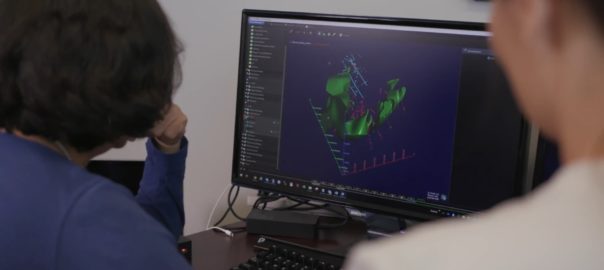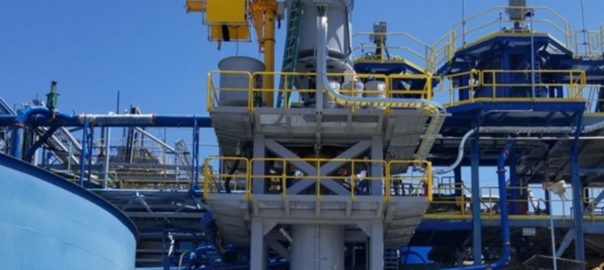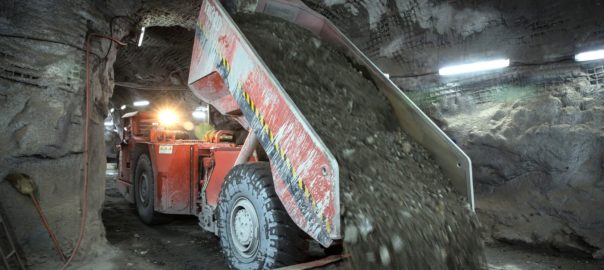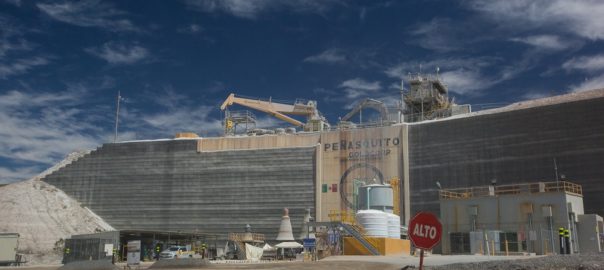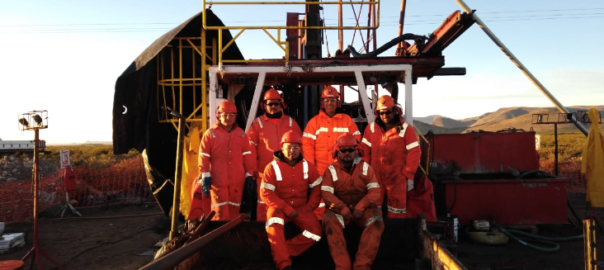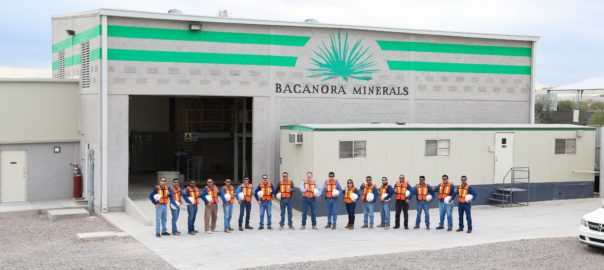VanGold Mining has signed a binding agreement with Endeavour Silver to acquire the El Cubo mine and mill complex in Mexico, accelerating the company’s transition from development to production at its nearby El Pinguico silver-gold project.
With a rated capacity of 1,500 t/d, the El Cubo complex is made up of two operating underground silver-gold mines and a flotation plant. It employed over 350 people and engaged over 200 contractors until Endeavour suspended operations at the end of November 2019.
For the year ended December 31, 2018, Endeavour produced a total of 4.58 Moz of silver-equivalent at the complex at an all-in sustaining cost of $8.86/oz.
Currently, the El Cubo mine, plant and tailings facilities are on short term care and maintenance. VanGold intends to re-start the mill at around 750 t/d using mineralised material from its surface and underground stockpiles at the El Pinguico project as a significant portion of its estimated throughput for the first 36 months of operation. Endeavour Silver states it has measured and indicated resources of 236,000 oz of silver equivalent at El Cubo.
VanGold Chairman and CEO, James Anderson, said: “After working well with the Endeavour team during our 1,000 t bulk sample in June 2020, it became clear that El Cubo would be the perfect production fit for VanGold.
“The availability of mineralised material from El Pinguico’s surface stockpile, El Pinguico’s underground stockpile, El Pinguico’s remaining high-grade historical stopes and pillars, as well as El Cubo’s historical resources, gives us great flexibility in deciding where to source material for the mill, and how to sequence that throughput.”
El Pinguico is a high-grade gold and silver deposit that was mined from the early 1890s until 1913. VanGold has recently gained access to some of the historical underground shafts and has drilling campaigns planned to explore these areas.









